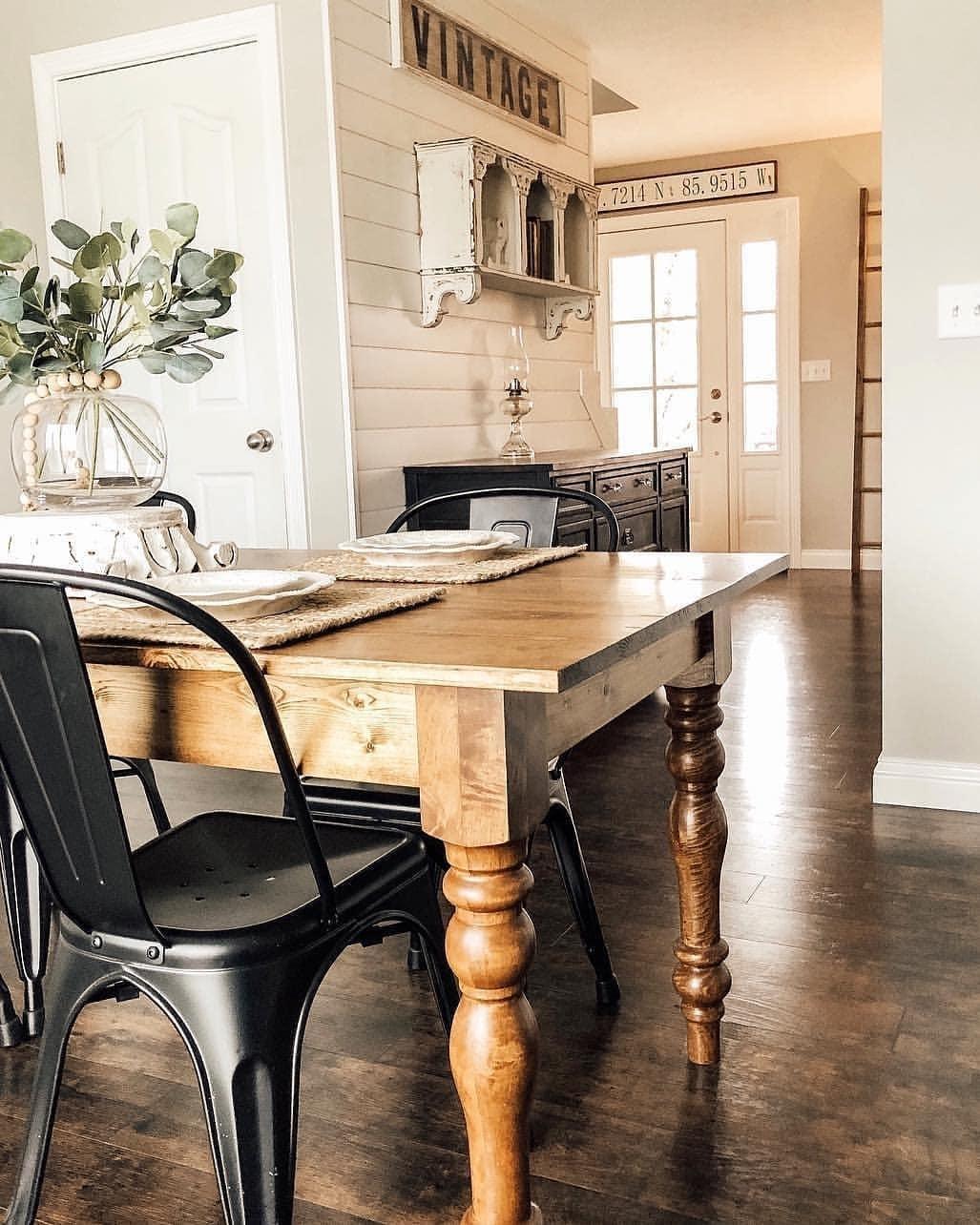Why Custom Dining Room Table Legs Are Worth the Investment
Why Custom Dining Room Table Legs Are Worth the Investment
Blog Article
Specialist Tips for Setting Up Dining-room Table Legs for Maximum Security
When it comes to mounting dining room table legs, attaining optimum stability is vital for both capability and appearances. What details strategies can improve stability also better?
Choose the Right Legs
When choosing the suitable legs for your eating room table, it is necessary to consider both performance and visual appeals. The legs you pick will significantly influence the total style and security of the table. Assess the table's intended use; if you anticipate frequent celebrations, sturdier legs, such as those made from solid timber or steel, may be a lot more suitable, as they use increased toughness and support.
Following, take into consideration the elevation and style of the legs in connection with the table top. Common table typically range from 28 to 30 inches in height, so ensure the legs line up with this standard for comfort. The design of the legs should match the layout of the tabletop-- whether it be modern, rustic, or conventional. Conical legs can add a modern touch, while turned legs might communicate a more traditional visual.

Select Appropriate Hardware
Just how can the ideal equipment enhance the stability and longevity of your dining-room table? The selection of proper hardware is important to ensuring that the legs of your table are securely connected and able to withstand routine use. High-grade screws, bolts, and brackets offer the needed toughness to sustain the weight of the table, along with any type of added lots positioned upon it during celebrations or dishes.
When picking screws, choose those made from durable products such as stainless-steel or brass, which resist corrosion and maintain integrity gradually. The size of the screws is similarly essential; they must permeate deeply into the table's structure without endangering honesty. For bolted links, consider utilizing lock washing machines to protect against loosening up as a result of vibration or motion.
In addition, making use of corner braces can include added assistance, specifically for bigger tables or those with much heavier tops. These braces distribute weight evenly and help maintain the table's shape. Ensuring that the hardware you pick is ideal for the specific materials of your table will additionally improve its total security and long life, permitting you to appreciate your eating experience for several years ahead.
Ensure Correct Placement
Appropriate alignment of dining-room table legs is necessary for both aesthetic appeal and useful security. Misaligned legs can result in an uneven tabletop, which may not only be aesthetically unattractive yet likewise endanger the table's usability. To achieve ideal alignment, begin by determining the range from the table's corners to the leg accessory points. This guarantees that each leg is positioned equidistant from the edges, creating a balanced appearance.
Use a degree during setup to validate that each leg is perpendicular to the tabletop. This step is critical, as even minor disparities can rise into substantial stability problems over time. It is recommended to note the wanted leg positions on the bottom of the table with a pencil or covering up tape before securing them. This method acts as an aesthetic overview, enabling for modifications as required.
Moreover, verify the placement after the first screws are tightened, as modifications might be needed prior to totally securing the hardware. By prioritizing proper alignment, you not only improve the table's general style however additionally make certain that it continues to be secure and practical for many years to find.

Consider Weight Distribution
After making sure appropriate positioning of the dining-room table legs, it is necessary to take into consideration weight distribution to improve stability and functionality. dining room table legs. Correct weight circulation is important in stopping tottering and making sure that the table can sustain its intended load without risk of tipping or falling down
When positioning the legs, guarantee they are positioned at equal distances from the center of the table to evenly distribute the weight throughout the structure. Consider the weight of the tabletop and any type of things that will frequently relax on it, such as tabletop home appliances or ornamental items. Tables with heavier surface areas should ideally have legs located closer to the corners, as this makes the most of try this site the base of assistance and lessens the risk of instability.
In addition, if the table is meant for use additional hints in a high-traffic location, think about making use of larger materials for the legs or adding maintaining elements, such as cross-bracing or a reduced rack - dining room table legs. These changes can help preserve equilibrium and stop shifting during use. Ultimately, a well-considered weight distribution approach will considerably boost the table's total performance, guaranteeing it continues to be a practical and eye-catching centerpiece for your eating space
Test Security Prior To Usage
Examining the security of the eating space table prior to usage is a critical step that must not be ignored. If the table shows instability, recognize the legs or joints that may call for modification.
Following, inspect that all screws and bolts are tightened appropriately. Loose links can bring about instability and possible damage over time. If required, utilize wood adhesive on joints to boost security, making sure to enable ample drying time.

Final Thought
Finally, the setup of eating space table legs needs cautious consideration of products, weight, hardware, and positioning distribution to attain maximum stability. By selecting high-grade fasteners and durable legs, guaranteeing exact alignment, and distributing weight uniformly, the architectural integrity of the table can be significantly enhanced. Carrying out a stability test before normal usage even more makes certain that the table will hold up against daily pressures, thus providing a page reliable and risk-free dining experience.
When it comes to setting up eating area table legs, accomplishing optimum security is extremely important for both performance and aesthetic appeals. The legs you pick will considerably influence the general layout and stability of the table (dining room table legs). Common eating tables commonly range from 28 to 30 inches in height, so make certain the legs line up with this standard for convenience.Appropriate alignment of dining room table legs is important for both visual appeal and practical stability.In final thought, the setup of eating space table legs needs mindful consideration of materials, weight, equipment, and positioning distribution to accomplish maximum stability
Report this page